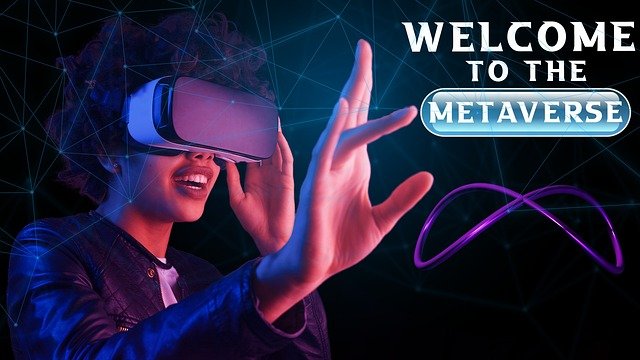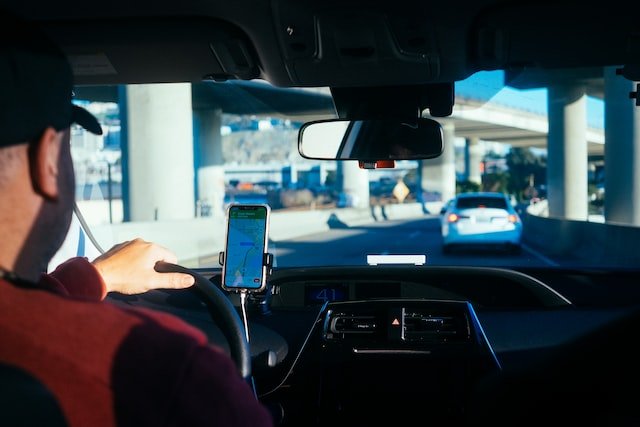The word ‘metaverse’ has gained immense popularity in the past few years. The word is used to describe various concepts of future technology and global connectivity. Essentially, the concept of a metaverse encompasses many platforms for creating and sharing digital experiences. While creating a new paradigm for global connectivity might seem chaotic, several experts have suggested innovative ideas for creating a world system based on technological advancements.
Some participants described how Facebook’s original metaverse concept differed from other metaverses. First, the original Facebook metaverse did not use virtual reality as its primary interface. Instead, it consisted of a series of interconnected regions. Each region could host up to 100 billion digital objects- which allowed for a high degree of customization and scalability. The social aspect of this global platform would be anchored by the user’s physical location but would exist in any location or context with internet accessibility. Essentially, users would be able to experience the same events and scenarios as those living in different parts of the world.
However, critics observed that this high degree of customization could lead to instances of cultural misrepresentation in future metaverse projects. For example, if a Chinese businessman created a Chinese version of his home region in the original Facebook metaverse, guests from China with no prior knowledge of his home region might interpret the experience incorrectly. To avoid this pitfall, early Facebook metaverse concept creators reworked the interface to resemble a virtual reality (VR) headset. This allowed users to immerse themselves in an entirely new digital world while remaining physically present in their own real-world locations.
Metaverse planners have attempted to capitalize on some of the same ideas that led up to the original Facebook metaverse concept. Several have attempted to design platforms that host both physical and digital objects without disorienting users with VR headsets. Instead, they have used avatars and other physical interfaces as the base layer for their metaverses. Some call these projects ‘meta volumes’ instead of ‘metaverses.’ In this metaphorical terminology, a meta volume is an entire planet that hosts both physical and digital components within its bounds.
A metaverse is basically an immersive 3D environment that allows users to freely move between different parts of it based on internet accessibility- much like moving between different websites or apps on their smartphone. The word has become popular because it can be used to describe similar concepts in media such as holograms or subspaces in science fiction stories. No matter how it’s defined, a metaverse is destined to change how people interact with technology in general and with each other digitally in particular.



